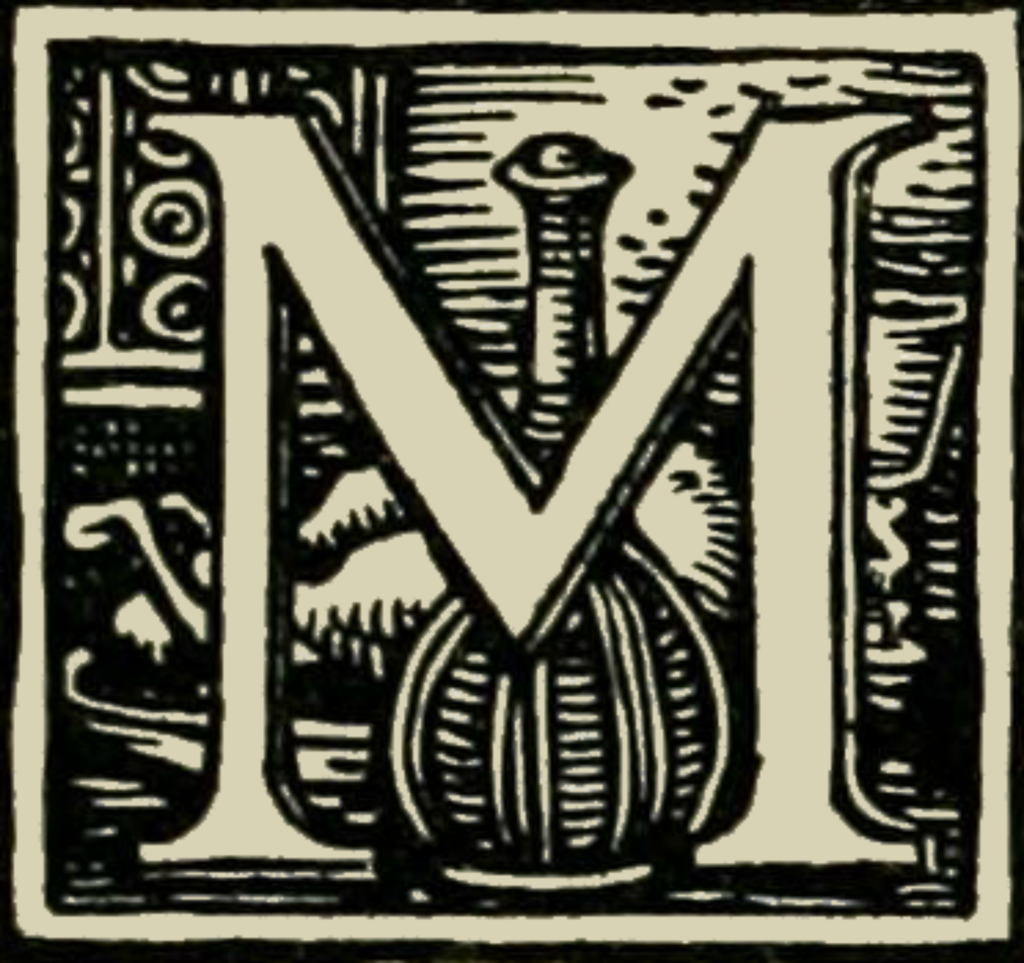Hey Folks!
We’ve been playing and discussing Calibri, Aptos ( Bierstadt ), Grandview, Seaford, Tenorite and Skeena over on Tildes and I figured you folks would enjoy clicking around and seeing what the differences between them actually are.
I wrote the article, so let me know if there’s something you’d like to see as well :D
Cheers !



Oh, it’ll be easy! Everything I’m about to explain is written by its authors in the Microsoft note.
=
Look at the characters, for example, “a”, “e”, “g”. They have bulk shapes with a minimum of lines compared to Aptos. And now for my personal reasoning.
What is the most common case of reading the folk will have? It’s lack of light or twilight (subway, auto, office, home room, etc.). It’s a small screen size (smartphone or laptop). It’s a low PPI. This is the distance of 20-35 cm, or about a meter, to the screen. These are eyesight problems and astigmatism. These are the points (and more!) you must consider when creating a font.
Here’s my example. I have pretty good eyesight and a little astigmatism (only need to wear glasses when working long hours). I mostly surf the internet using a 17" laptop. I sit a meter away from the screen. That said, I have good illumination.
While using serif fonts, my eyes get tired after hours of reading. This is because astigmatism causes characters to have a subtle shadow at the edges of the lines (if there are pixel artifacts on display, it doubles the effect!). So fonts like the EB Garamond are generally unreadable for people like me.
Also, the brain needs a fraction of a second to figure out what the character is. E.g. the Tenorite’s “a” and the Aptos’ “a”. I don’t confuse it with anything else when looking at the Tenorite’s “a” and it goes much smoother while reading. The characters don’t blend into one mess for me.
As the authors said, they created a font “comfortable to read at small sizes onscreen”. If it’s comfortable on small screens, it will be the same on larger screens. On a 32" screen, almost all fonts will be OK. I could increase the font size on the small screen, but then it would be uncomfortable to read because of the smaller amount of content.
Based on studies, the better the font reads, the worse we are at memorizing information. But there’s not a lot of actually significant information on the Internet, and I do more writing than reading. So that’s not my point.
Thanks for a recommendation of Comic Neue from one old Reddit’s thread. It’s a wonderful font for reading in low reading environments. Seems Tenorite has replaced it for me, as it looks more common and has thicker outlines.
P.S. This is just my own geek standpoint, I didn’t/am not in the typography business.